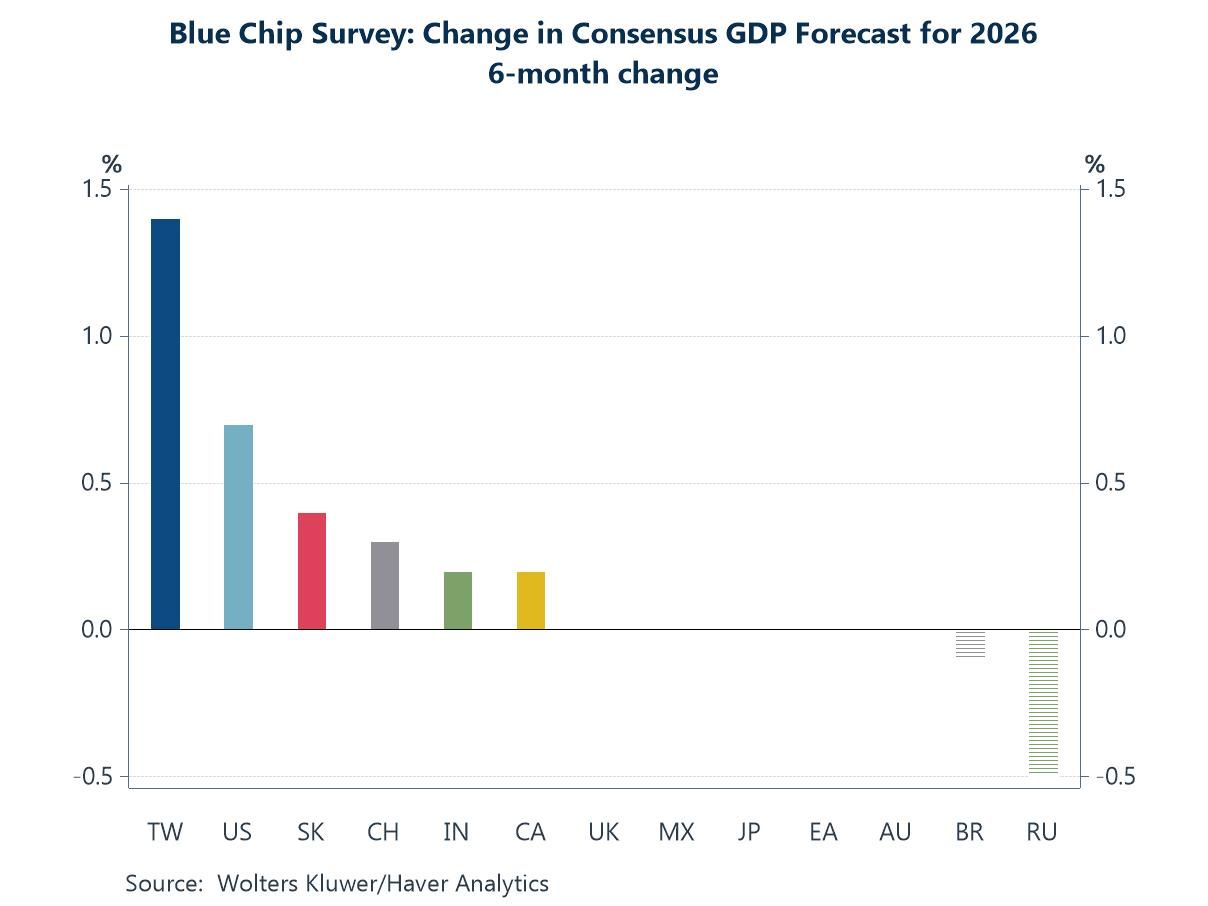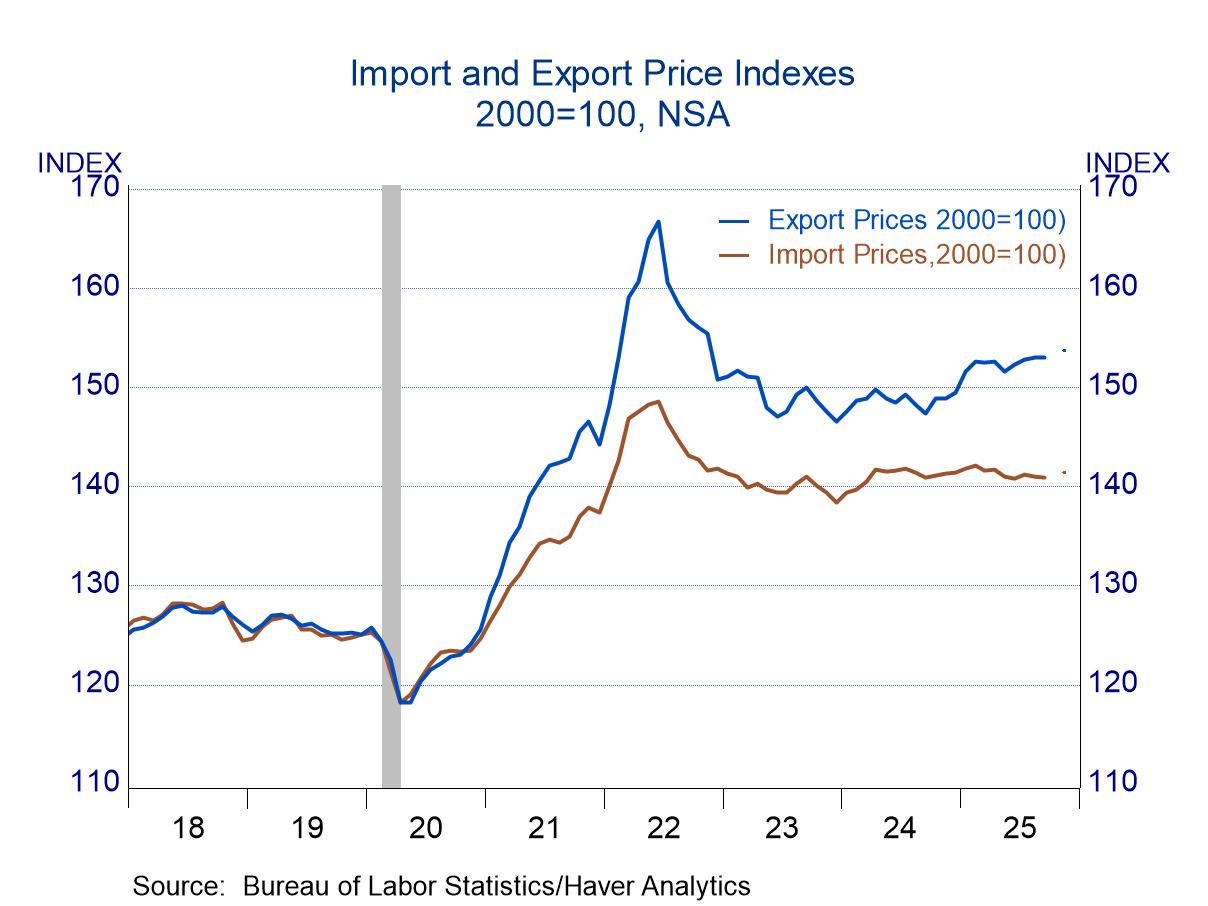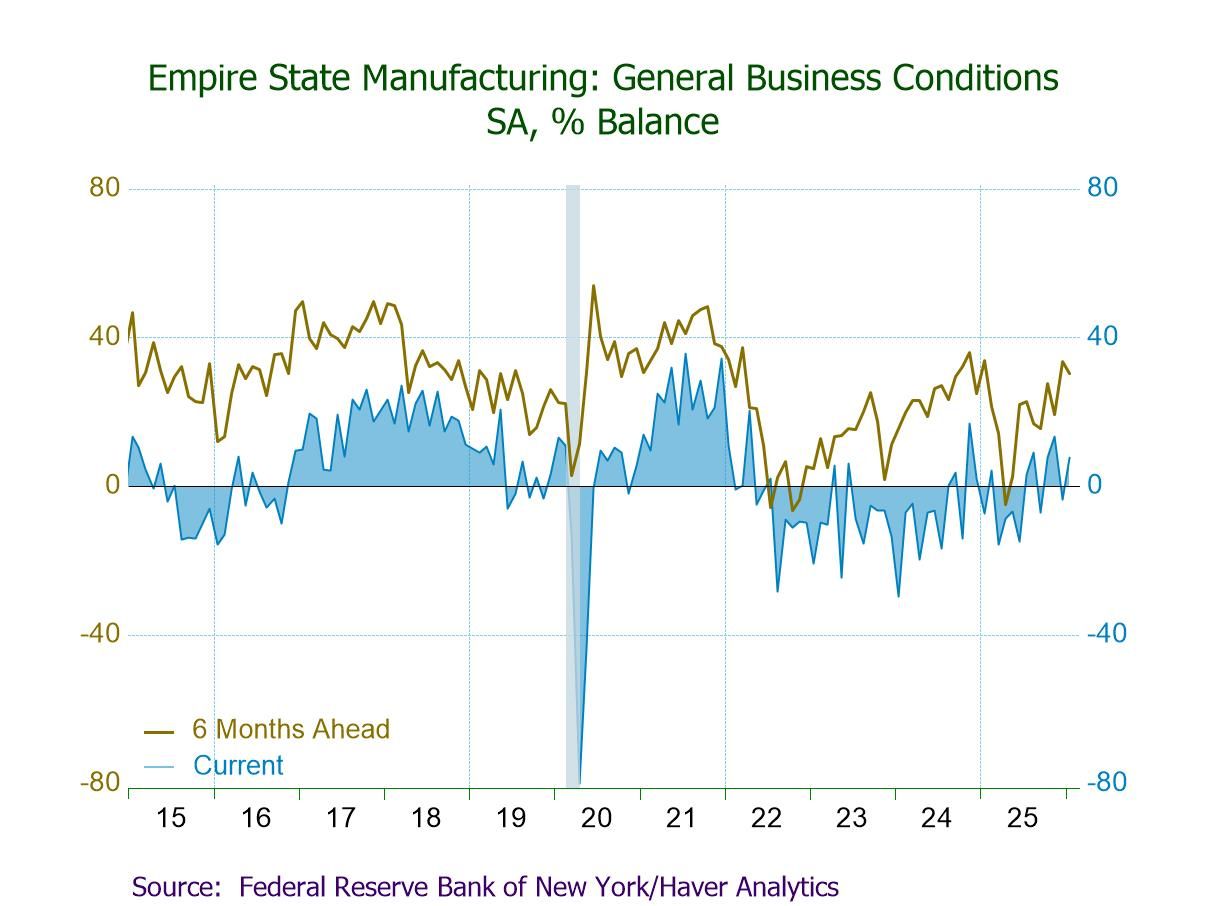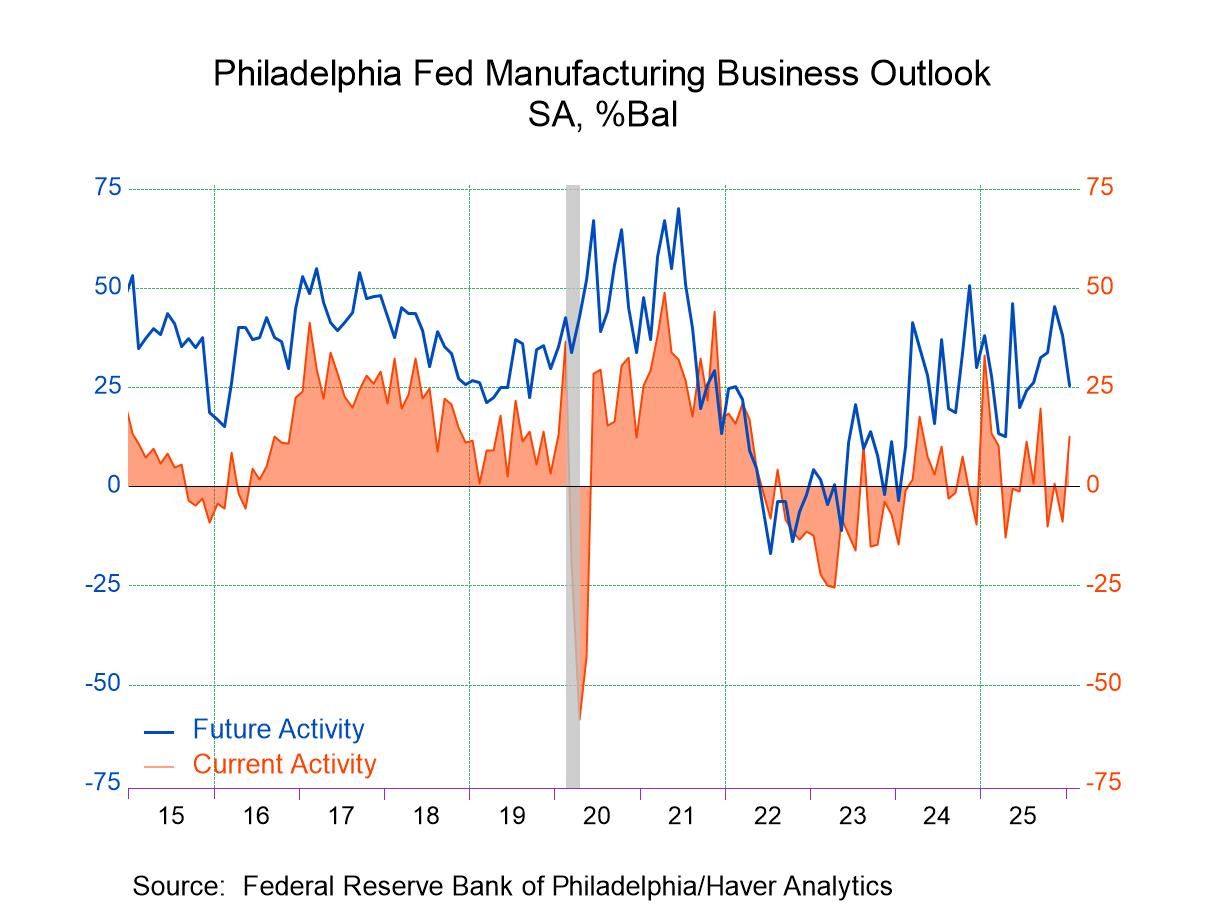 Global| Sep 29 2006
Global| Sep 29 2006New Zealand Restructures Its CPI; MP3 Players Are In, Hairspray Is Out. Inflation Through June Remains at 4%
Summary
Some weeks ago, Japan released its updated and rebased CPI. This week, New Zealand has done so. Consumers buy new products at new outlets. The compilation of inflation measures has to keep up with these spending changes. New Zealand [...]
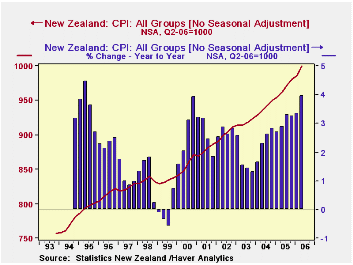
Some weeks ago, Japan released its updated and rebased CPI. This week, New Zealand has done so. Consumers buy new products at new outlets. The compilation of inflation measures has to keep up with these spending changes. New Zealand last reweighted its CPI in 2002 and it last reselected its sample of retail outlets in 1999. This new formulation does both of these and adds some new techniques for monitoring spending behavior. In total, the inflation pattern is little altered by these changes, possibly because the revision process is frequent enough to prevent outmoded products and methods from overstaying their usefulness.
New Zealand's CPI is quarterly. The new index is based at 1000 in the so-called "June quarter". The previous base period was June 1999, and on that base, the June 2006 figure was 1202. The new series, rebased to June 1999, puts the June 2006 number at 1203.4 (easily shown in DLXVG3 using the "advanced functions" feature and choosing "Index" with 19992 as the period and 1000 as the index level). Inflation over the past year has been 4.0% according to both the new and old series.
As with the Japanese revisions, a number of items were removed and new added. The listing provided by Statistics New Zealand shows 20 entirely new items, 13 old ones replaced and 10 deleted. All together, 685 items are priced. Among these changes, new entries include bottled water, nasal sprays, laptop computers and surfboards. Canned soups replaced powdered soup mixes and MP3 players replaced portable CD players. DVD players had already been introduced, but player/recorders were added this time. Refrigerators without freezers were dropped, as were hairspray and clothes lines.
The Statistics New Zealand staff studied population changes and consequently shifted more of its polling to cities, particularly Auckland. They used private market research firms' data on transactions which were obtained from analysis of barcode scanning. This enabled the staff to select more frequently used supermarkets and appliance dealers. They also found that lower priced outlets were taking an increasing share of business.
As readers can tell, we are fascinated by the selection of items in the new New Zealand CPI and also the various methodologies the New Zealanders have applied to revise their consumer price index. This discussion is incomplete in skipping over a change in seasonal adjustment policy and from the use of additive computations to geometric means, along with other actions. All of the techniques are explored in an informative and readable working paper on their website, available here.
| New Zealand, CPI Indexes, NSA | Q2 2006 "June" | Q1 2006 "March" | Q4 2005 "Dec." | Annual Averages|||
|---|---|---|---|---|---|---|
| 2005 | 2004 | 2003 | ||||
| June 2006 = 1000 | 1000 | 986 | 981 | 968 | 939 | 918 |
| Yr/Yr % Chg | 4.0 | 3.4 | 3.3 | 3.0 | 2.3 | 1.7 |
| June 1999 = 1000, Y/Y % Chg | 4.0 | 3.3 | 3.2 | 3.0 | 2.3 | 1.7 |
Carol Stone, CBE
AuthorMore in Author Profile »Carol Stone, CBE came to Haver Analytics in 2003 following more than 35 years as a financial market economist at major Wall Street financial institutions, most especially Merrill Lynch and Nomura Securities. She had broad experience in analysis and forecasting of flow-of-funds accounts, the federal budget and Federal Reserve operations. At Nomura Securities, among other duties, she developed various indicator forecasting tools and edited a daily global publication produced in London and New York for readers in Tokyo. At Haver Analytics, Carol was a member of the Research Department, aiding database managers with research and documentation efforts, as well as posting commentary on select economic reports. In addition, she conducted Ways-of-the-World, a blog on economic issues for an Episcopal-Church-affiliated website, The Geranium Farm. During her career, Carol served as an officer of the Money Marketeers and the Downtown Economists Club. She had a PhD from NYU's Stern School of Business. She lived in Brooklyn, New York, and had a weekend home on Long Island.


